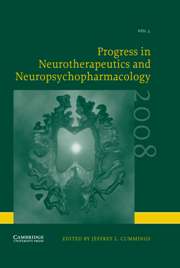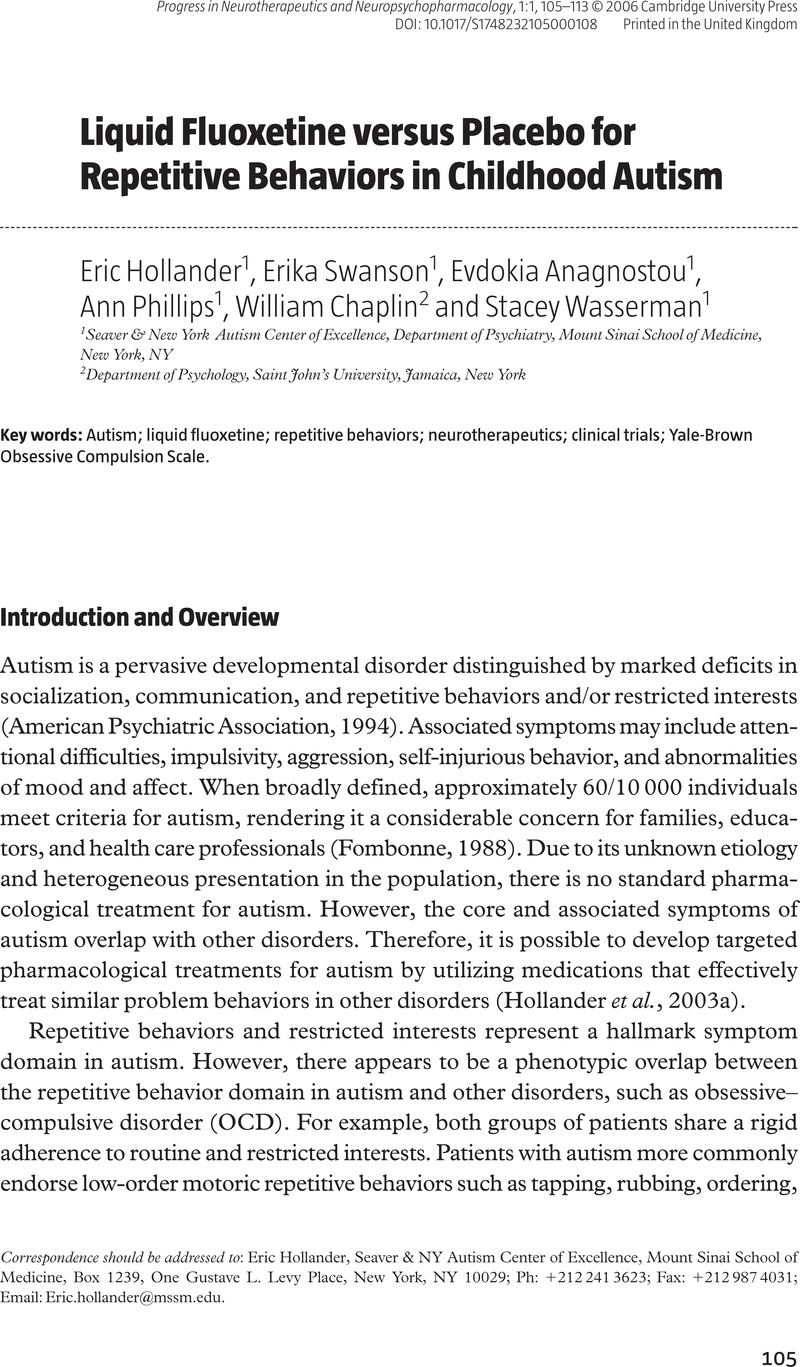Crossref Citations
This article has been cited by the following publications. This list is generated based on data provided by Crossref.
Iffland, Michelle
Livingstone, Nuala
Jorgensen, Mikaela
Hazell, Philip
and
Gillies, Donna
2023.
Pharmacological intervention for irritability, aggression, and self-injury in autism spectrum disorder (ASD).
Cochrane Database of Systematic Reviews,
Vol. 2023,
Issue. 10,



